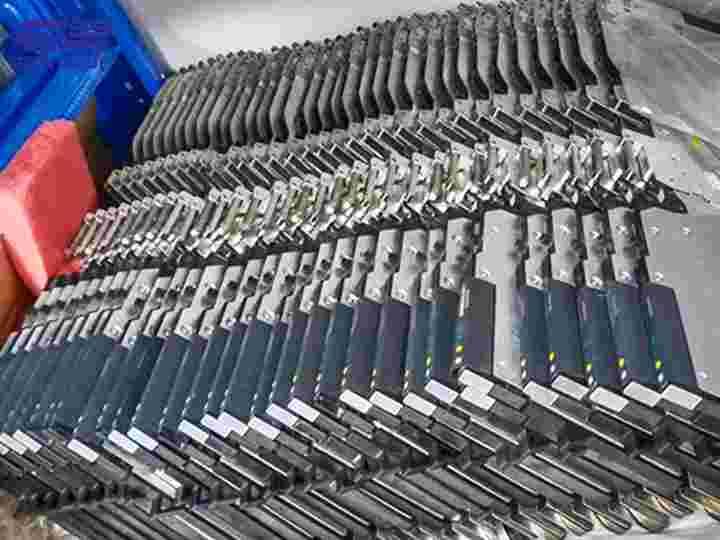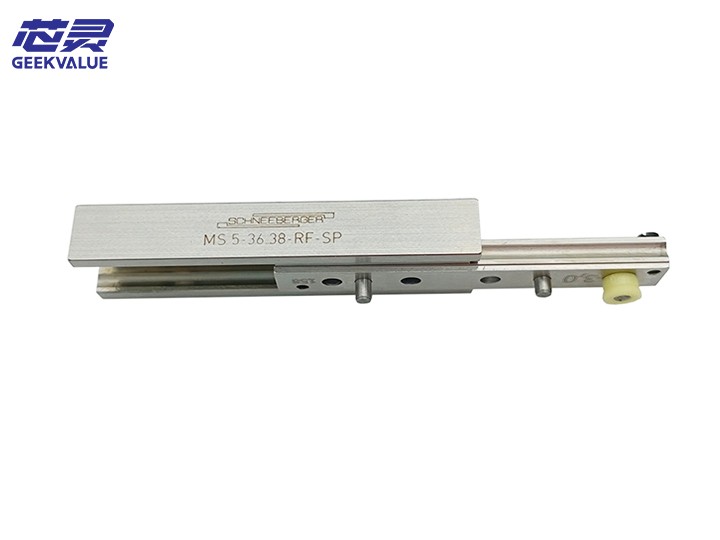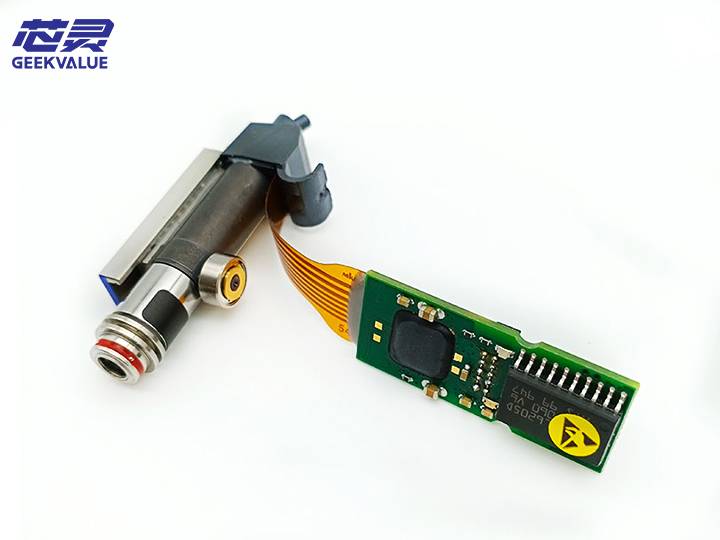If you’re in the business of electronic assembly, especially in the world of Surface-Mount Technology (SMT), you know just how important it is to have reliable and efficient feeders. Siemens is a top player in the game, and their SMT feeders are known for their precision, speed, and overall performance. But let’s talk about something that’s often on every buyer’s mind—price.
Siemens SMT feeders are definitely high-end, and with that comes a higher price tag. However, here’s the good news: if you’re considering importing Siemens SMT feeders, particularly from China, you might find some pretty appealing price advantages. Let’s break it down.
What Makes Siemens SMT Feeders Special?
Before diving into pricing, let’s quickly look at why Siemens SMT feeders are worth considering in the first place. Siemens feeders are designed to meet the demands of high-speed, high-accuracy component placement in automated assembly lines. These feeders handle everything from standard components to odd-shaped parts and even provide solutions for high-volume production.
So why are these feeders considered top-tier? They’re built with advanced technology that ensures minimal errors and maximum efficiency. Siemens feeders also come with smart monitoring systems that keep you updated on the status of the components, giving you better control over the production process. They're reliable, adaptable, and a great fit for any fast-paced production environment.
The Price Tag: What to Expect
When it comes to Siemens SMT feeders, there’s no sugar-coating it—they’re not exactly cheap. Prices for a single Siemens SMT feeder can range significantly depending on the model, type, and functionality. Generally speaking, you can expect to pay anywhere from a few thousand dollars for basic models to tens of thousands for high-speed or specialized feeders.
For example:
- Standard Siemens SMT Feeders: Typically range from $1,000 to $4,000 each.
- High-Speed or Specialized Feeders: Prices for these models can go anywhere from $5,000 to $15,000 or more.
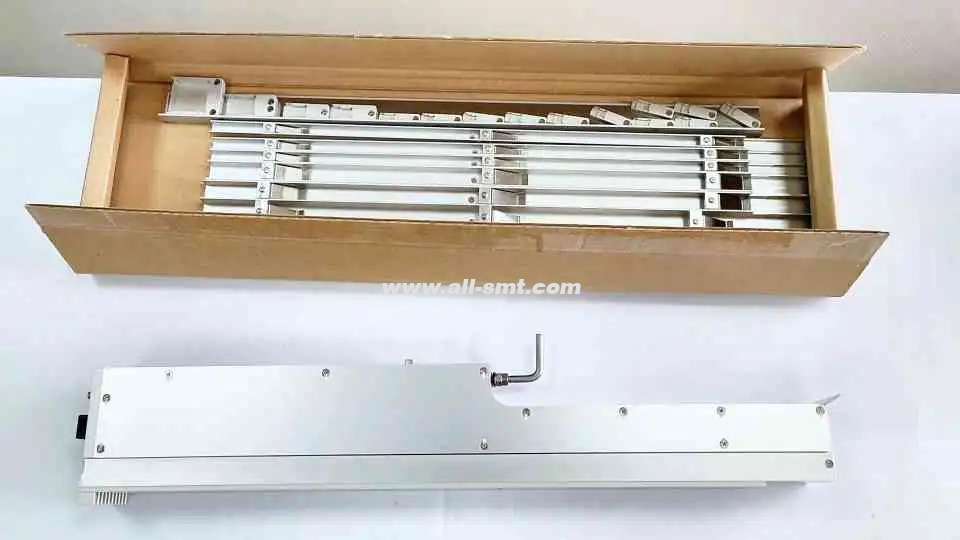
While these prices are reflective of the advanced technology and reliability Siemens offers, they can certainly put a strain on your budget if you're running a large operation with many feeders.
So, Why Import from China?
Now, you might be wondering, “Why should I import these feeders from China? Isn’t that risky?” The truth is, importing Siemens SMT feeders from China can actually come with some pretty big price advantages. Here’s why:
1. Lower Import Costs
China has become a global hub for manufacturing and distribution, and when it comes to SMT feeders, the cost of production is generally lower than in many Western countries. This cost-saving is passed down to you, the buyer. When you import directly from China, you often avoid extra middleman fees and additional costs that come with buying from local distributors.
2. Competitive Pricing Without Compromising Quality
One of the big misconceptions about importing equipment from China is that the quality won’t measure up. But here’s the thing—many Chinese manufacturers of Siemens SMT feeders work directly with Siemens or have licensed production. This means you’re getting the same high-quality equipment at a fraction of the price. In fact, some buyers have found that they can get Siemens feeders from China for up to 30-40% less than they would pay for the same feeders from local suppliers.
3. Customization and Flexibility
Another advantage of buying from China is the level of customization and flexibility available. Chinese manufacturers often offer more tailored solutions, allowing you to order feeders based on your specific production needs—whether that means different reel sizes, unique feeder configurations, or even specialized feeder types. You can also find suppliers willing to offer more flexible payment terms, which can help ease your cash flow.
4. Availability and Faster Delivery
Because of the scale at which Chinese manufacturers operate, you’re more likely to find available stock and quicker delivery times compared to local distributors who might have longer lead times. Many suppliers in China are capable of shipping products directly to your door within a short time frame, depending on the order size.
5. No Hidden Fees
One of the pain points when purchasing from local suppliers is the hidden fees—extra charges for shipping, handling, taxes, and import duties that can quickly pile up. When importing from China, however, most fees are upfront, so you’ll have a clearer picture of the total cost of your order before committing.
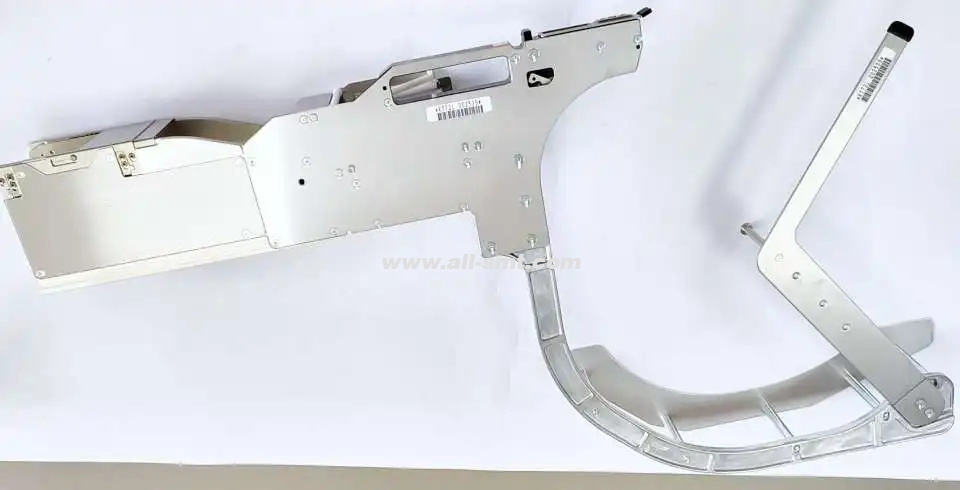
How Much Can You Save?
Let’s do a quick breakdown. If you’re purchasing a standard Siemens SMT feeder that costs around $3,500 in your local market, importing the same feeder from China could cost you anywhere from $2,200 to $2,500. That’s a savings of around 30% or more! And for specialized or high-speed feeders, the savings could be even greater.
Now, keep in mind that the shipping costs, import duties, and taxes will vary depending on where you’re importing to, but even after factoring in these additional costs, you’re still likely to come out ahead compared to local purchases.
Potential Challenges to Consider
Of course, there are always some considerations when it comes to importing equipment, and Siemens SMT feeders are no exception. Here are a few things to keep in mind:
• Language Barriers: Some suppliers might not have English-speaking staff or may provide documentation in Chinese, which can make things a bit tricky when setting up or troubleshooting your feeders.
• Warranty and Support: While many suppliers in China offer warranties, the level of after-sales support may not be as seamless as purchasing locally. It's important to check the terms of the warranty and ensure that you have access to necessary customer service if issues arise.
• Shipping and Lead Times: Depending on where you are, the shipping time could be a factor. It’s essential to plan ahead and consider the lead time when importing large quantities of feeders.
Is Importing Siemens SMT Feeders Worth It?
In short, yes—importing Siemens SMT feeders from China can offer significant cost savings without sacrificing quality. While you’ll need to do your research and ensure you’re buying from reputable suppliers, the potential savings and flexibility can make a big difference in your bottom line.
If you're looking to cut down on expenses, streamline your production, and still get top-tier equipment, importing Siemens SMT feeders from China is an option worth considering. With the right planning and careful selection of suppliers, you can ensure that your SMT assembly lines stay efficient and cost-effective. So, go ahead—make the smart move and save some money while still getting the quality you need.



